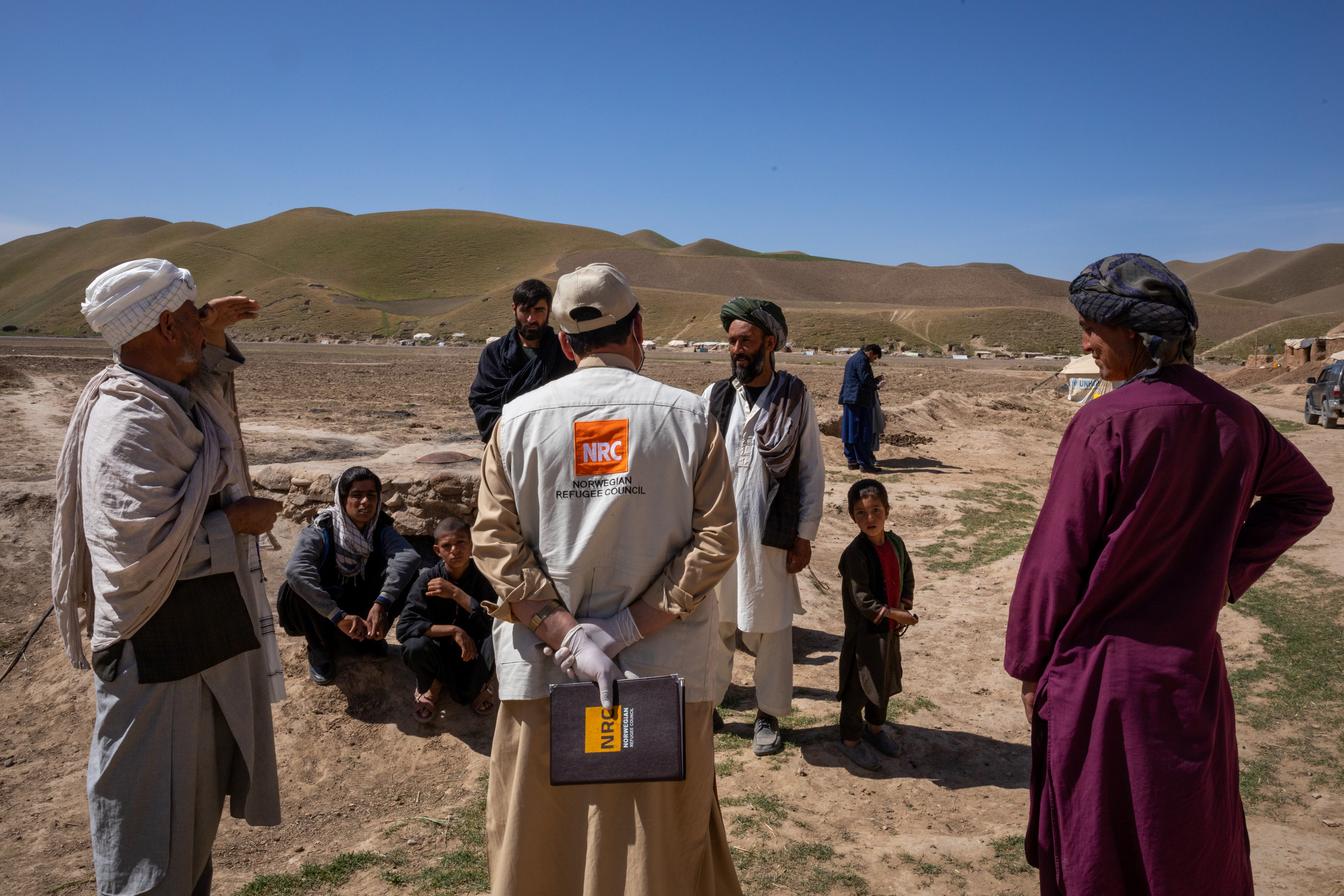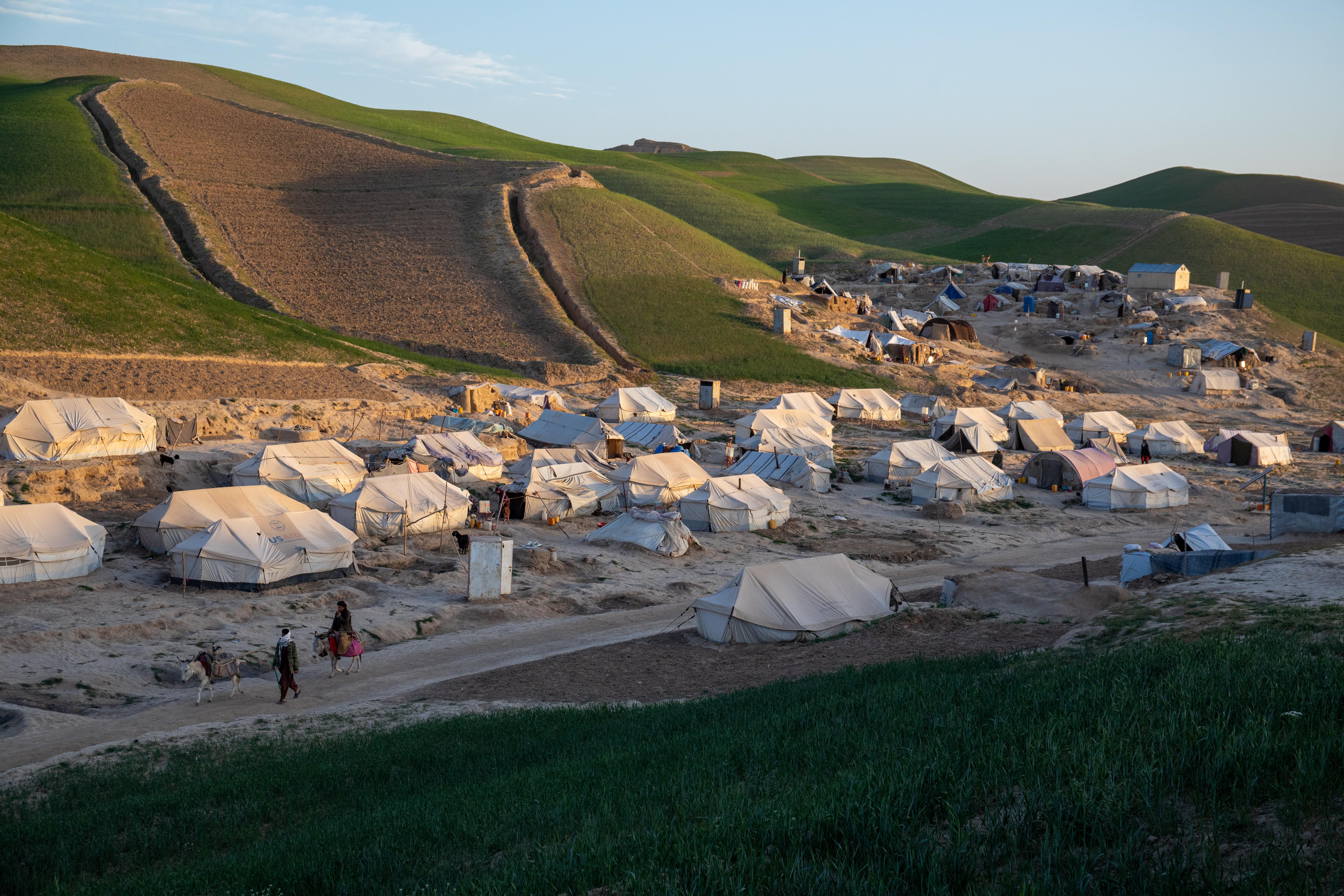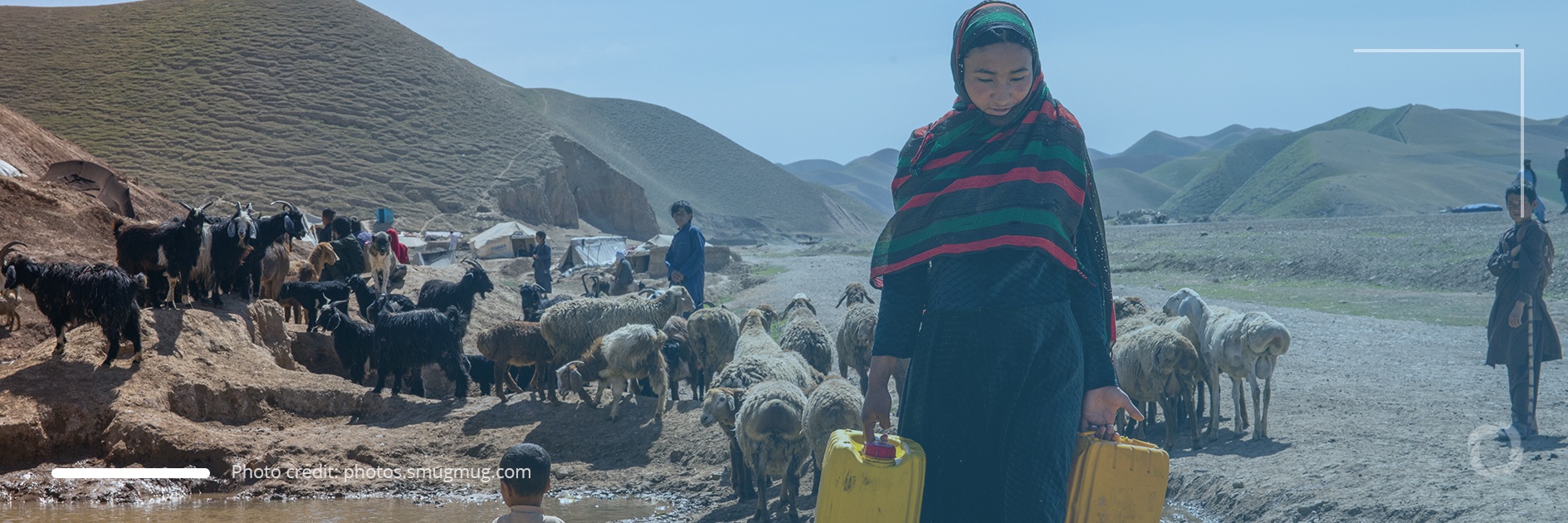Over 3 million people in Afghanistan are likely to be affected by impending droughts if preventive actions are not undertaken now, the Norwegian Refugee Council NGO has warned.
With the dry season in the country extending from June to August, severe droughts are expected to trigger an increase in the number of Afghans affected by food insecurity which currently stands at over 12 million people or one-third of the country’s entire population. Many of these 12 million were impacted by the acute droughts in 2018-2019 which prompted internal displacements.

“This year’s drought will be the final straw for millions of Afghans struggling to survive after decades of conflict and more than a year into the COVID-19 pandemic. Memories of being uprooted from their homes due to lack of water during the 2018 drought are still fresh in the minds of hundreds of thousands of people in the country,” said Astrid Sletten, Norwegian Refugee Council (NRC) country director in Afghanistan.
NRC predicts that three provinces in western and northern Afghanistan will be the most affected by the forthcoming droughts. People living there urgently need livelihood support such as water, sanitation, and hygiene assistance because otherwise they will be forced to leave their homes. The imminent drought will also threaten people’s income and food security as the inhabitants of these three provinces rely mostly on agriculture which is their main source of revenue.

Although the impending drought will be challenging, NRC points out that a subsequent crisis is preventable if appropriate measures are taken in advance. The NGO has prepared a set of recommendations in order to prevent the crisis and argues that the humanitarian community must coordinate actions in Afghanistan now and a support response that is adequate for both current needs and emergency needs should be established in the first place. NRC also recommends that local and national authorities should be empowered to lead the response against the drought while humanitarian organizations should prepare vulnerable communities and protect them in case of displacements occurring as a result of climate shocks.
The droughts that hit the country in 2018-2019 extended to 22 out of 34 provinces, affecting 10.5 million people. With a population of almost 40 million people, Afghanistan is amongst the top three countries that are home to the highest number of people facing emergency food insecurity.

